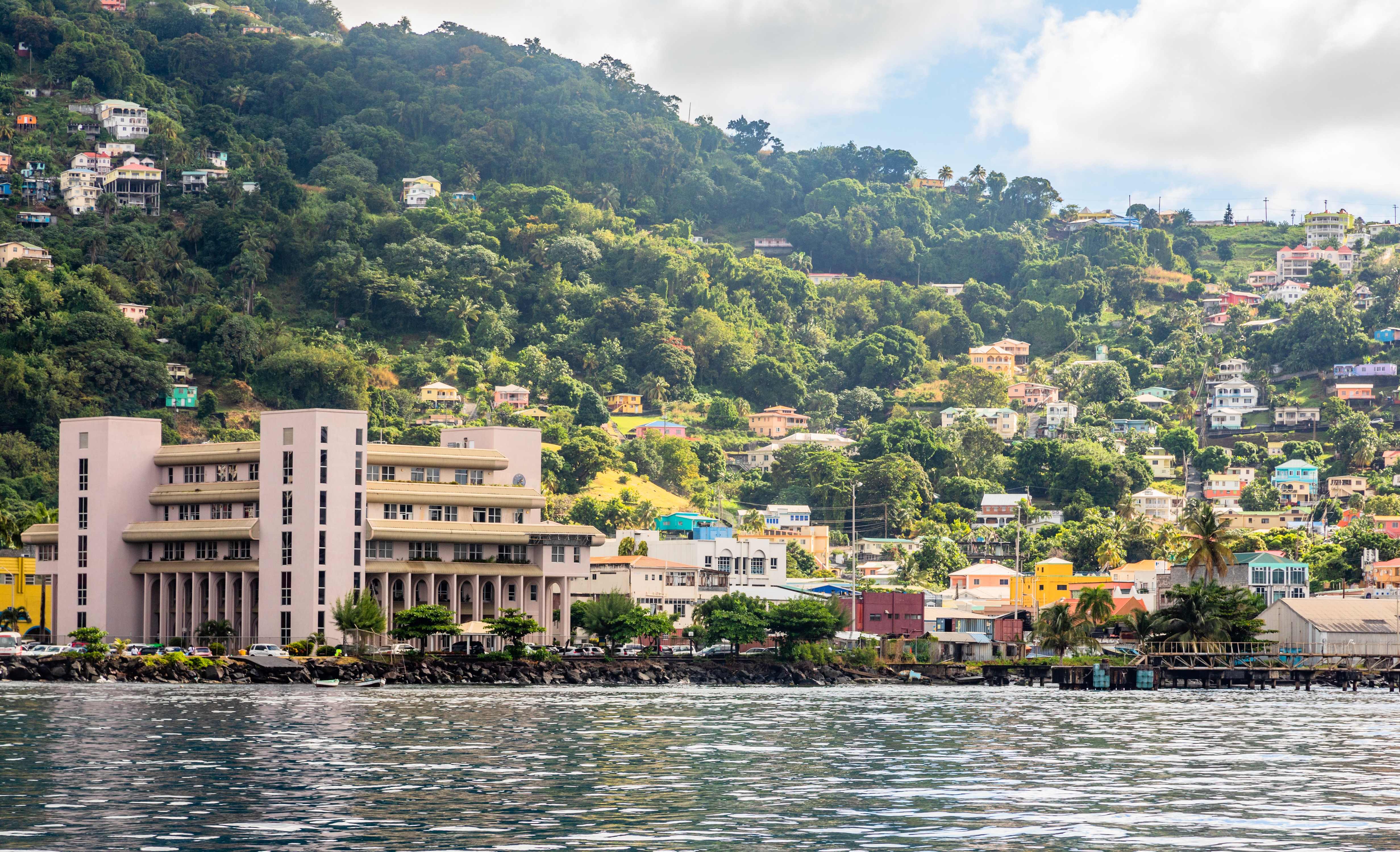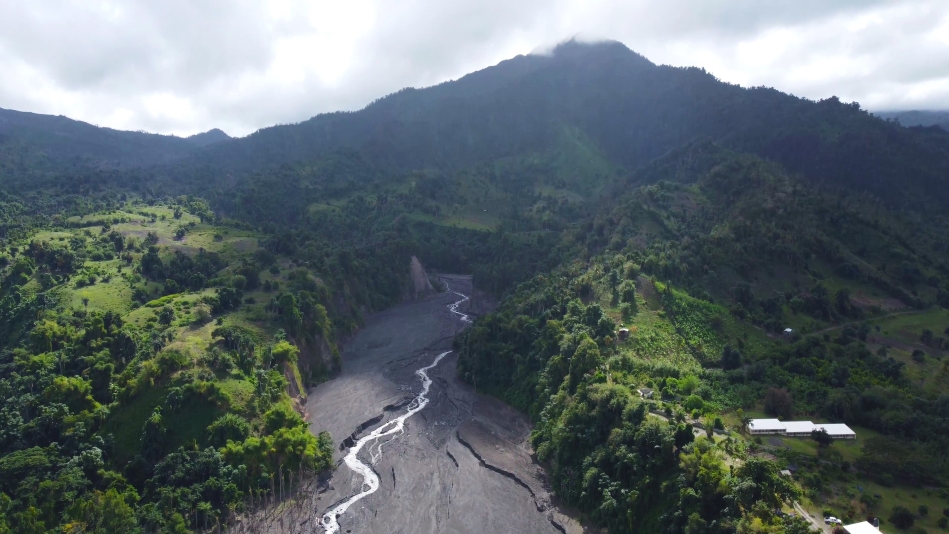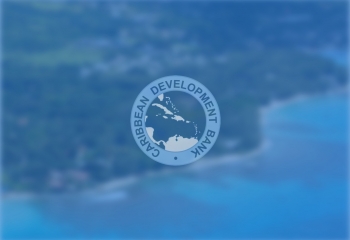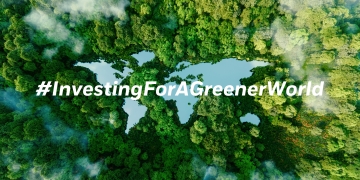Powering Resilience: Protecting Saint Vincent and the Grenadines' Hydropower Future

Saint Vincent and the Grenadines
Saint Vincent and the Grenadines (SVG), known for its lush volcanic landscapes and picturesque beaches, faces a challenging future as climate change intensifies natural threats across the Caribbean. Like other Small Island Developing States in the region, it is particularly vulnerable to the increasing severity of hurricanes, droughts, and flooding. The island nation's active volcano, La Soufrière, poses a constant threat, with its eruptions capable of causing widespread devastation.
“The project focused on a valley where the soil was unstable. We have movement in the pipeline and erosion so the project helped us to quantify things in a scientific way to plan how we can better reinforce these structures in the future. The work that was done gave us some data and science in reinforcing structures in that pipeline for the future. The lifeline of this hydro system is at least 50 years, so the science behind the study would also be able to help us especially when we have big future work planned,”
A Delicate Balance: Hydropower and Climate Change
With energy security a top priority, the Government of St Vincent and the Grenadines is committed to exploring all its renewable energy options, including hydropower, to reduce the country’s reliance on costly imported fuels, an option that could yield savings of nearly USD 1 million every month. Hydropower though is particularly vulnerable to the impacts of climate change and as hazards grow stronger, increasingly at risk.
In December 2013, a tropical storm tore through the island, causing more than USD 8.5 million in damage to Saint Vincent’s electricity grid. Hydropower plants took a significant hit, disrupting power supply. For the state-owned electricity provider, St. Vincent Electricity Services Limited (VINLEC), each storm has left behind damaged infrastructure, making the reliable generation of electricity an ongoing challenge.
Data-Driven Decision Making a Key to the Future
In 2017, the Caribbean Development Bank (CDB) stepped in with a bold USD700,000 plan to help protect SVG’s critical hydropower plants from disaster. The Building Resilience of the Electricity Sector Infrastructure to Geophysical and Climate Related Hazards -Saint Vincent and the Grenadines project represents a comprehensive approach to securing a sustainable energy future for the island’s 105,000 residents.
By developing a climate risk vulnerability profile, identifying investment needs and the preparation of detailed designs for upgrading the island’s hydropower infrastructure, the project is helping defend hydropower facilities and building resilience into the country’s energy infrastructure. Data gathered through the project has already provided valuable insights for future reinforcement projects according to Dr Vaughn Lewis, Chief Executive Officer of VINLEC.
“CDB is committed to supporting climate resilience in the Caribbean region by helping countries to transition their energy systems to ones which represent sustainable energy options over the long term. Often however, the infrastructure for these options reflects increased vulnerability to natural disasters, and require adaptation of design, and increased standards suited to the context of the Caribbean. This project provides a good case study demonstrating CDB’s appropriate response in supporting its Borrowing Member Countries to address the challenge of vulnerability of sustainable energy systems to hazards.”
CDB Creating a Brighter Future with Continued Investment in SVG
Recognising the importance of climate resilience in energy infrastructure, the CDB furthered its commitment in 2023 by pledging an additional USD 88 million to support development projects across Saint Vincent and the Grenadines, with a strong emphasis on climate adaptation. The Bank has also funded other climate change resilience initiatives across the region.



